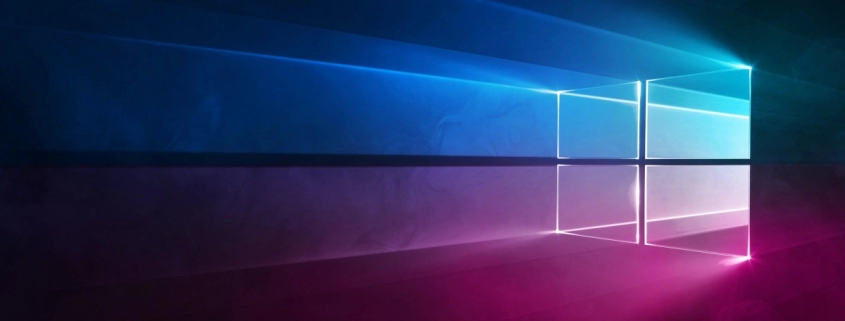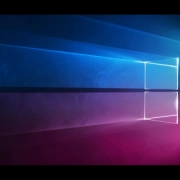Automate Administrative Templates to Central Store

Table of Contents
🛠️ Keeping Group Policy Templates Updated
If you’re a sysadmin like me, you know how powerful Microsoft’s Group Policy Management features are in a Windows Server environment where Active Directory is implemented. Keeping Group Policy templates up to date is essential for maintaining control and resolving issues within your domain.
📄 Official Documentation | Third-Party Templates
Microsoft provides official documentation detailing how to manually update Administrative Template (.ADMX) files on your Domain Controllers (DCs) or Primary Domain Controller (PDC). These templates can be downloaded from Microsoft’s site.
Also keep in mind that third-party software vendors — such as Google Chrome and Mozilla Firefox — offer their own ADMX templates. These are incredibly useful for managing and enforcing settings across your environment.
- Google Chrome Browser Policy Templates
- Mozilla Firefox Browser Policy Templates
- Microsoft Edge Browser Policy Templates
I’ve included links to the main three browsers but a script improvement idea is to import those with PowerShell also.
⚙️ Automating the Update Process with PowerShell
After manually installing these templates several times, I got tired of the repetitive steps and created a PowerShell script to automate the process.
⚠️ Note: This script was quickly adapted for this post and hasn’t been fully retested. However, the core logic has been used successfully in production. It’s designed not to overwrite your existing templates.
Feel free to reach out if you encounter issues or have suggestions — happy to collaborate or refine it further!
# Define the URL of the file to download.
$URL = "https://download.microsoft.com/download/8/e/1/8e1c2d4e-9126-4096-8b84-36aa9f524b47/Administrative%20Templates%20(.admx)%20for%20Windows%2011%20July%202023%20Update%20V3.msi"
# Make directory.
New-Item -Path 'C:\TEMP' -ItemType Directory -Force -WarningAction SilentlyContinue -ErrorAction SilentlyContinue | Out-Null
# Define the destination folder to extract to.
$Destination = "C:\TEMP"
# Download the file from the URL.
$DownloadPath = Join-Path $Destination "Administrative_Templates_for_Windows_11_July_2023_Update_V3.msi"
Invoke-WebRequest -Uri $URL -OutFile $DownloadPath
# Install the file from the URL.
Start-Process "Administrative_Templates_for_Windows_11_July_2023_Update_V3.msi" -WorkingDirectory "C:\TEMP" -ArgumentList "/Quiet" -PassThru
# Copy policy templates to SYSVOL location.
Copy-Item -Path "C:\Program Files (x86)\Microsoft Group Policy\Windows 11 July 2023 Update V3 (22H2)\PolicyDefinitions" -Destination "C:\Windows\SYSVOL\domain\Policies\PolicyDefinitions_Win11-22H2-v3" -Recurse -Force
# Check for copied folder then rename and apply.
$Folder = 'C:\Windows\SYSVOL\domain\Policies\PolicyDefinitions_Win11-22H2-v3'
"Test to see if folder [$Folder] exists"
if (Test-Path -Path $Folder) {
Rename-Item -Path "C:\Windows\SYSVOL\domain\Policies\PolicyDefinitions" -NewName "PolicyDefinitions_old" -Force
Rename-Item -path "C:\Windows\SYSVOL\domain\Policies\PolicyDefinitions_Win11-22H2-v3" -NewName "PolicyDefinitions" -Force
GPUpdate /Force
} else {
"An error has occured."
}
# Cleanup
Remove-Item -Path "C:\TEMP\Administrative_Templates_for_Windows_11_July_2023_Update_V3.msi" -Force✅ Conclusion
Keeping your Group Policy templates current is a simple but critical step in maintaining a secure and well-managed Windows environment. Whether you’re updating manually or automating the process with PowerShell, staying proactive ensures your policies reflect the latest capabilities and compliance needs.
🌿 Final Thoughts
Don’t hesitate to adapt or improve the script to suit your environment — and as always, test in a safe environment before deploying to production.
My name is Dex, author at WinReflection.
I am a Christian, conservative, truth-seeker, and problem-solver who is not afraid to be vocal about important or controversial issues—silence leads to death. There’s more to life than the worldly status quo, and that’s why many are sad and depressed—they’re suffocating. Truth and purpose can bring fresh air into one’s life, and that’s my mission. My sidebar content should not trigger you, the proof is all there.
📖 John 3:16: For God so loved the world that he gave his one and only Son, that whoever believes in him shall not perish but have eternal life.


Leave a Reply
Want to join the discussion?Feel free to contribute!